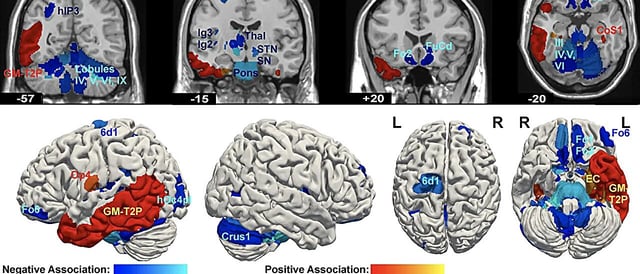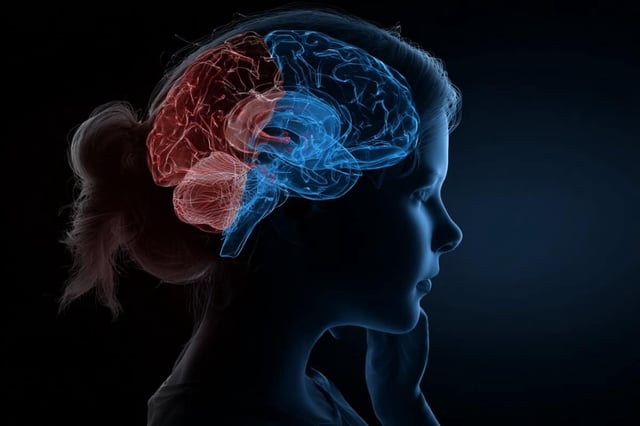Overview
- Researchers analyzed structural MRI scans from 39 adult men with psychopathy and matched controls using the Julich-Brain Atlas.
- Higher scores on the antisocial behavior dimension of the Psychopathy Check-List correlated with reduced volume in basal ganglia, thalamus, basal forebrain, brainstem, cerebellum and orbitofrontal and insular cortices.
- Associations between interpersonal-affective traits and brain structure were weaker and more variable, with modest volume differences in orbitofrontal, dorsolateral frontal and hippocampal subregions.
- The psychopathy group showed a significant reduction in total brain volume compared with controls, with the most pronounced localized difference in the right subiculum.
- Follow-up studies will take place at RWTH Aachen and collaborating universities in Heidelberg, Frankfurt and Mannheim under a new transdiagnostic aggression research initiative.


